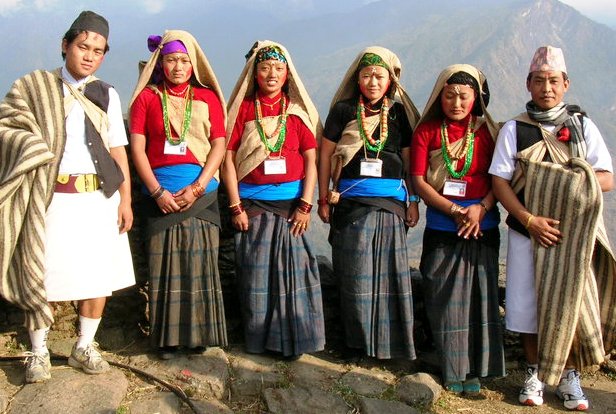The Gurung community in Chitwan is actively working to preserve and standardize its cultural practices and traditions. In an effort led by the Tamu Pye Lhu Sangh, a religious organization within the Gurung community, training sessions are being organized to teach the traditional cultural dance known as “Serga Dance.”
Due to migration and changing lifestyles, many traditional cultural practices, including collective dances, have started to fade away. To address this issue, the Tamu Pye Lhu Sangh is forming new groups and preparing to conduct training sessions aimed at preserving and promoting these cultural practices. The organization’s president, Bikram Gurung, mentioned that this initiative is part of their ongoing efforts to protect their cultural heritage. The Serga Dance, traditionally performed during death rituals in the Gurung community, will be one of the key focuses of the training.
President Gurung emphasized that although the Serga Dance has been a part of their culture for centuries, it is now at risk of disappearing due to the lack of interest from the younger generation. He noted that the majority of Gurungs in Chitwan are migrants from other districts, making it challenging to maintain cultural unity in a new environment. The lack of cultural transmission to the younger generation has further endangered these traditions.
The Serga Dance, performed as part of the death rituals in the Gurung community, requires a large group of singers, musicians, and dancers. To ensure the preservation and transmission of this cultural practice, the Tamu Pye Lhu Sangh is organizing formal training sessions.
In addition to the Serga Dance, the organization plans to gather religious leaders from the Gurung community to further refine and standardize their rituals. A significant meeting of the Khegi (religious leaders) was held recently as part of this effort.
President Gurung expressed that the goal of these initiatives is to make the preservation and promotion of their religious and cultural practices more sustainable and to ensure that these traditions are passed on to future generations. “Through the gathering of Khegi leaders, we aim to make our religious and cultural practices more sustainable,” he said. “The main objective is to ensure that our cultural heritage is transmitted to the next generation.”
District President Bikram Chamru Tamu of the Tamu Pye Lhu Sangh highlighted the importance of these meetings in fostering harmonious relationships among the Gurung community. Former President Bhim Bahadur Gurung also emphasized the need for such activities to effectively transmit traditional cultural practices to the younger generation.
The Khegi leaders have stressed the importance of bringing uniformity to the Pye (Vedas) related to Gurung cultural practices and rituals. Khegi (Gyapri Guru) Chitra Bahadur Gurung mentioned that variations in the Tamu language across different regions have led to inconsistencies in the understanding and practice of their rituals. He noted that the lack of uniformity in the way cultural practices are conveyed has allowed outside influences to creep in.
“We are responsible for the weakening of our cultural significance. As we fail to transmit our traditions, other cultures and practices have started to take root,” said Khegi Gurung. “Now, we are committed to preserving and promoting our cultural heritage, ensuring that it is passed down uniformly to the next generation.”
Gyapri Guru Navaraj Gurung added that despite linguistic differences across districts, it is crucial to openly communicate about the rituals and their significance. “We come from different districts, and there are some variations in language,” he said. “This also affects our Pye (Vedas). When we fail to effectively convey our cultural practices from birth to death, some Gurungs have drifted away from their traditions. Now, we must work to protect and preserve them.”
Pendi Guru Gyan Bahadur Gurung emphasized the need for complete knowledge about essential cultural elements such as the Varg, Park, and Mewa. He stressed the importance of educating the younger generation about these practices and ensuring that they understand and continue the traditional rituals.






